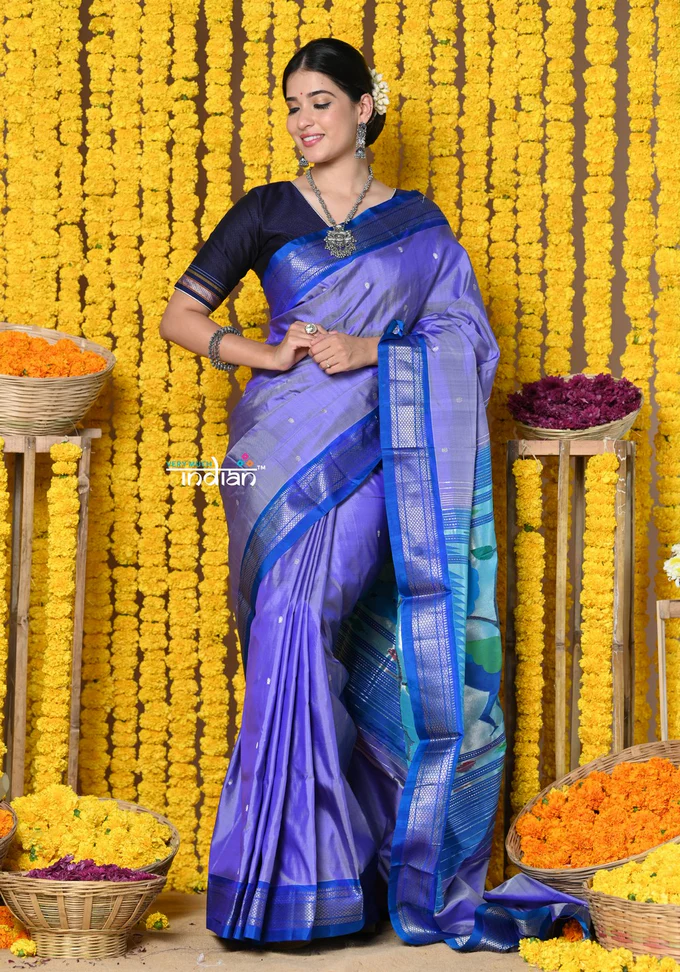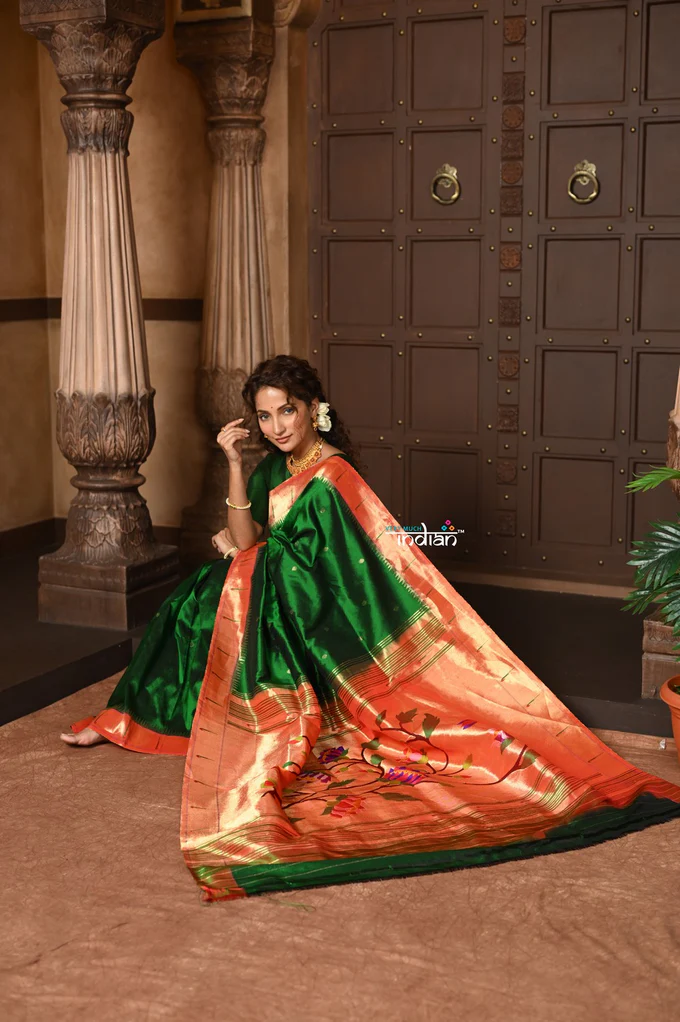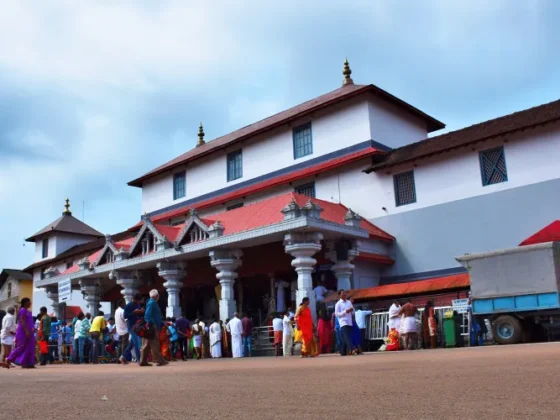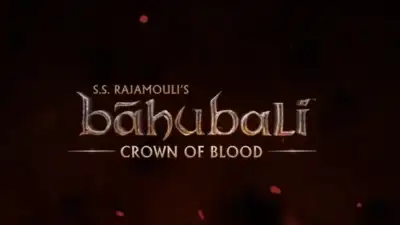Amidst tech startups and D2C disruptors, this handloom saree brand brought a refreshing wave of tradition wrapped in innovation. Very Much Indian says, yes.
Founded with the mission to revive and modernize traditional handloom sarees, Very Much Indian caught the sharks’ attention with its unique blend of cultural authenticity and contemporary style.
The Origin of Very Much Indian
Founded by Ashwini Deshpande, Very Much Indian is based in the small town of Paithan, Maharashtra—a name deeply connected to the iconic Paithani sarees.

The Shark Tank India Moment
On Shark Tank India, Ashwini confidently pitched Very Much Indian—explaining the cultural significance of handloom sarees and the brand’s unique value proposition: blending age-old weaves with contemporary color palettes, lightweight fabrics, and easy draping techniques.
Ask: ₹50 Lakhs for 3% equity
Deal: ₹50 Lakhs for 10% equity (with Aman Gupta and Namita Thapar on board)
The sharks were deeply impressed with:
- The authenticity of sourcing directly from weavers.
- A clear vision to scale online and offline.
- The modern design twist that makes sarees wearable even for Gen-Z.
This marked a turning point. After the episode aired, the search for “Very Much Indian Shark Tank India” spiked across platforms.
What Sets Very Much Indian Apart?
1. Empowering Weavers
The brand works with over 300+ artisans, ensuring fair wages, continuous work, and reviving dying weaving traditions like Paithani, Chanderi, and Maheshwari.
2. Modern Design Cues
Forget heavy, stiff sarees. Very Much Indian’s USP lies in:
- Lightweight silk and cotton blends.
- Bold and pastel colors for everyday wear.
- Customizable lengths and blouse pieces.

3. Digital First Approach
From influencer marketing to curated online collections, the brand embraces the D2C model. Their online store now ships globally, tapping into the NRI audience looking for Indian elegance with convenience.
Post Shark Tank Growth
- Sales boost by 5X in the first 30 days.
- Partnered with craft clusters across Maharashtra and Madhya Pradesh.
- Launched new collections: “Minimalist Festive”, “Sarees for Office”, and “Mom & Me Twinning”.
- Started offline retail presence in Pune and Mumbai.
Challenges Faced
Like any handcrafted fashion brand, scaling sustainably is a challenge. Sourcing raw material, ensuring weaving consistency, and educating customers about the difference between machine-made and handloom remain ongoing efforts.
Why Very Much Indian Matters in 2025
In a fast-fashion-dominated world, Very Much Indian is a reminder of slow fashion’s soul. It’s not just about sarees; it’s about identity, roots, and reviving pride in Indian wear.
As sustainability becomes a buzzword, brands like Very Much Indian are leading by example—using natural dyes, traditional methods, and biodegradable packaging.
The Road Ahead
Looking forward, Very Much Indian aims to:
- Launch a men’s ethnic collection (kurta and dupattas).
- Introduce AI-enabled size and drape customization on their website.
- Organize weaver immersion experiences for conscious shoppers.
Ashwini’s vision remains rooted in her belief: “You can be modern and wear your roots too.”
Conclusion
Very Much Indian isn’t just a handloom brand—it’s a movement. As the demand for sustainable fashion grows, Very Much Indian is poised to become a global ambassador for Indian handloom sarees—with a modern twist that millennials and Gen-Z can proudly drape.
For much Blogs – visit beyondthepunchlines.com

 Add to favorites
Add to favorites








